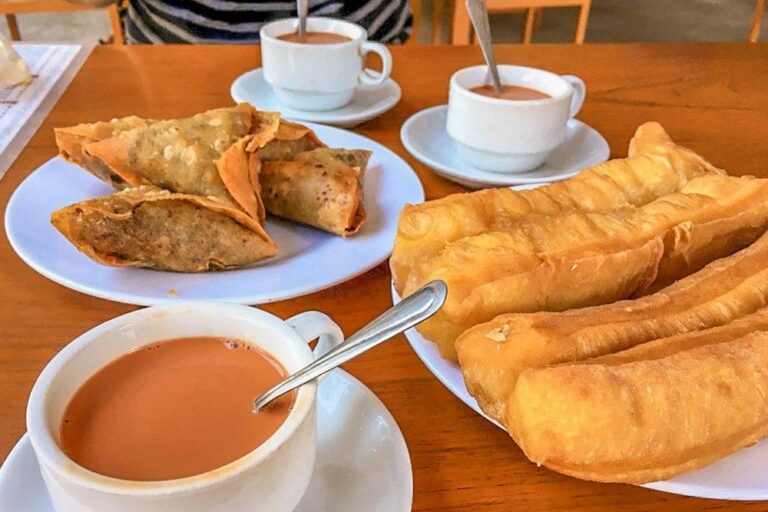Introduction: Myanmar Cuisine
Myanmar cuisine is a blend of various cultural influences like Indian, Chinese, and Thai cuisine. It has its distinct characteristics and culinary identity. Myanmar food is known for its variety of flavors, fragrances, and textures. Myanmar cuisine is primarily based on rice, and it is an integral part of every meal. Along with rice, Myanmar cuisine is known for its curries, soups, salads, and snacks.
Traditional Myanmar Cooking Techniques
Myanmar cuisine has its unique traditional cooking techniques. One of the most popular cooking methods is fermentation. Fermentation is used to make pickles, tea leaves, and soybean paste. The traditional way of cooking rice is also different in Myanmar. The rice is washed, soaked in water for some time and then steamed. This process makes the rice fluffy and flavorful. Myanmar cuisine also uses a lot of stir-frying and curry making techniques. The curries are usually slow-cooked, and the spices are freshly ground to enhance the flavor.
Unique Ingredients in Myanmar Cuisine
Myanmar cuisine has a variety of unique ingredients that add flavor and texture to the dishes. Some of the popular ingredients are ngapi (fish paste), tamarind, turmeric, lemongrass, and shrimp paste. The use of fresh herbs and vegetables like ginger, garlic, and coriander is common in Myanmar cuisine. One of the unique ingredients in Myanmar cuisine is the Shan tofu, made from chickpea flour. It is a popular vegetarian option in Myanmar.
Regional Variations in Myanmar Cooking
Myanmar cuisine has several regional variations, and each region has its unique flavors and ingredients. The coastal region of Myanmar uses a lot of seafood in its dishes, while the northern part of Myanmar is known for its meat dishes. The Shan State in Myanmar is famous for its noodle dishes, while the Rakhine State is known for its spicy seafood curries. The Bamar people, who are the largest ethnic group in Myanmar, have their unique cuisine that is different from other regions.
Influences on Myanmar Culinary Traditions
Myanmar cuisine has been influenced by various cultures like Indian, Chinese, and Thai cuisine. The Indian influence is evident in the use of spices like cumin, coriander, and turmeric in Myanmar dishes. The Chinese influence can be seen in the use of soy sauce and stir-frying techniques. The Thai influence can be seen in the use of herbs like lemongrass and basil.
Conclusion: Myanmar’s Distinctive Culinary Identity
Myanmar cuisine has its distinct culinary identity, with its unique ingredients and cooking techniques. The variety of flavors and textures in Myanmar dishes makes it a food lover’s paradise. The regional variations in Myanmar cuisine add to its diversity, making it a fascinating culinary experience. Myanmar’s culinary traditions have been influenced by various cultures, but it has evolved into its unique identity over the years. Myanmar cuisine is not just about food, but it is a reflection of the country’s rich cultural heritage.

